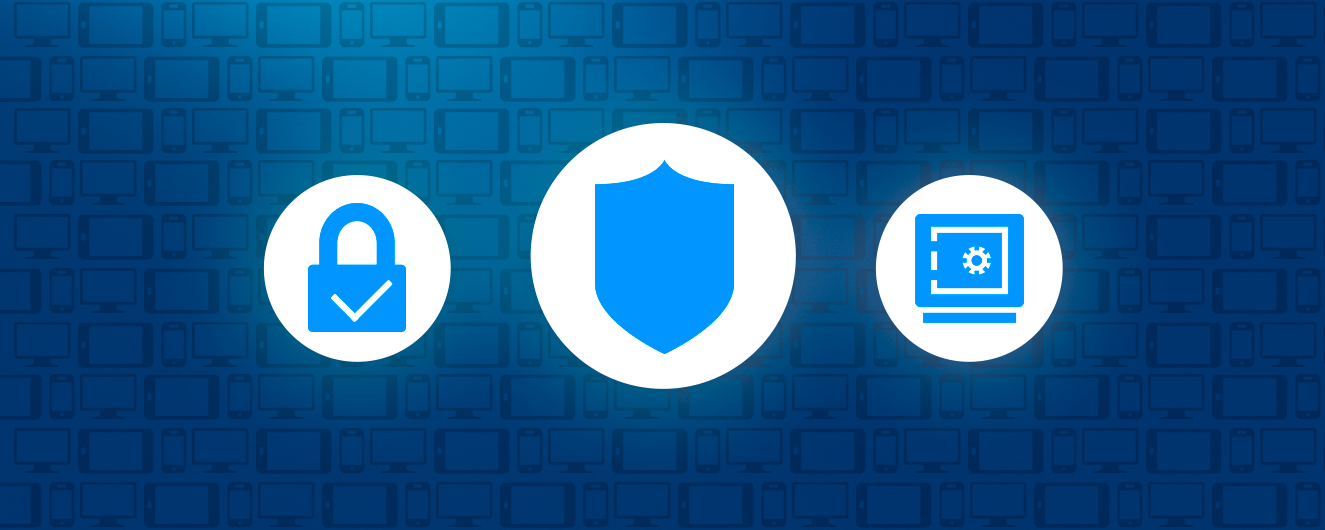Increasing the Security of Your IONOS Account
Please use the “Print” function at the bottom of the page to create a PDF.
You can help protect your IONOS account by following these security tips. The following tips can also help protect you from data leaks, such as "Collection #1", and prevent criminals from getting your private information.

Repeatedly and unfortunately, large data leaks containing a huge number of email addresses and passwords are reported. For example, one well known leak was called "Collection #1". With "Collection #1", over 87 GB of confidential data was made available on the Internet. This affects millions of users worldwide. The collection was examined by Australian security researcher Troy Hunt. His results and recommendations on how best to deal with the situation was published in a detailed blog post. In addition, he integrated the data into his service Have I Been Pwned, which you can use to check whether your email addresses are affected by the data leak.
If it turns out that you are affected by a hack, you should immediately change any passwords associated with the compromised email address. Also, make sure to generate a more secure password that strangers cannot guess, and always use a different password for each service.
By using the following steps to increase your IONOS account security, we would like to increase your awareness about how to handle your login details. Implementing our tips not only makes your IONOS account more secure, it also improves the security of your other accounts.
Step 1: Check Your Computer for Malware
Check your computer regularly for viruses and malware using antivirus software. If suspicious applications or files are found, remove them immediately.
Step 2: Access the Security Overview in Your IONOS Account
On the overview page, we provide a security check and login activities for your IONOS account. If you see any suspicious activity here, please contact the IONOS security team immediately.
Opening the Security Overview: Log in to IONOS and click on My Account & Logout, followed by Login & Account Security.
Step 3: Set Up Two-Factor Authentication
With two-factor authentication (2FA), you can effectively secure your IONOS account as access only becomes possible after entering two different credentials. You can use two different ways to do this:
Step 4: Use a Secure and Complex Password
A strong password is essential for the security of your IONOS account. You should also change your password every 90 days or more. For tips on creating a secure password, please see this article.
Step 5: Never Reuse Your IONOS Password for Other Services
It is best to use unique passwords for each online service. If unauthorized parties get your password used for multiple accounts, they will quickly be able to access all of those accounts and subsequently lock you out. If you suspect that your password for your IONOS account has been stolen, reset it immediately.
Step 6: Protect Your Password
Never send your password by email. Only enter your password if you are sure you are on a trusted site. Always log in to IONOS using https://login.ionos.com.
Step 7: Keep Your Operating System and Browser Up to Date
We recommend that you always update the operating system and applications for your devices as soon as they become available. To make this easier, you should enable automatic updates.
If you use devices with others or public computers, we recommend the following steps:
Enable private browsing in the browser you are using.
- Always log out of your IONOS account by clicking on the person icon > Log out in the upper-right corner.
- Delete all cookies, passwords, forms and cache entries in the respective browser after each session.
By following these security tips and responding immediately to suspicious activity, you can rest assured that you are safely using your IONOS account.
Content
- Step 1: Check Your Computer for Malware
- Step 2: Access the Security Overview in Your IONOS Account
- Step 3: Set Up Two-Factor Authentication
- Step 4: Use a Secure and Complex Password
- Step 5: Never Reuse Your IONOS Password for Other Services
- Step 6: Protect Your Password
- Step 7: Keep Your Operating System and Browser Up to Date
- To top